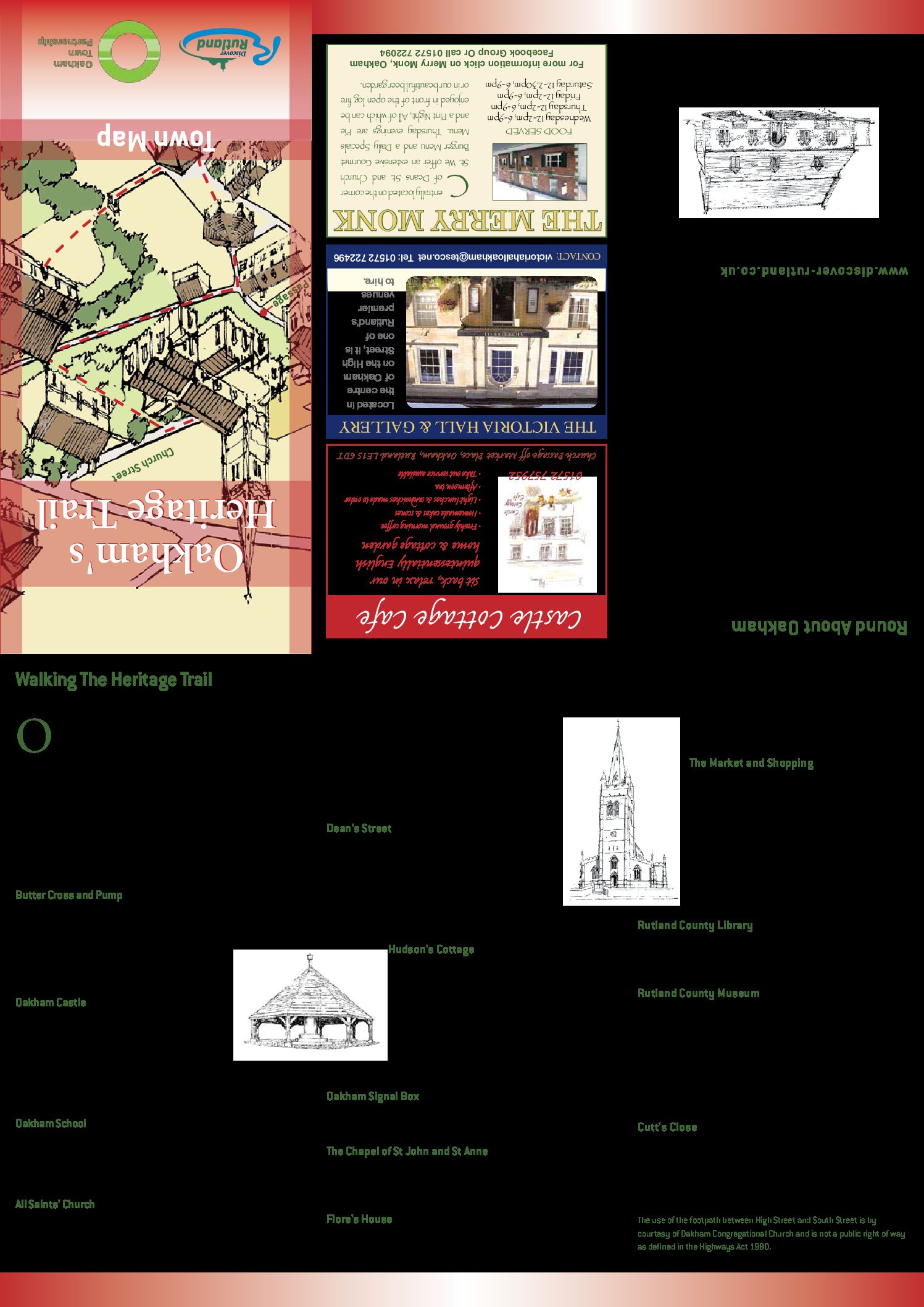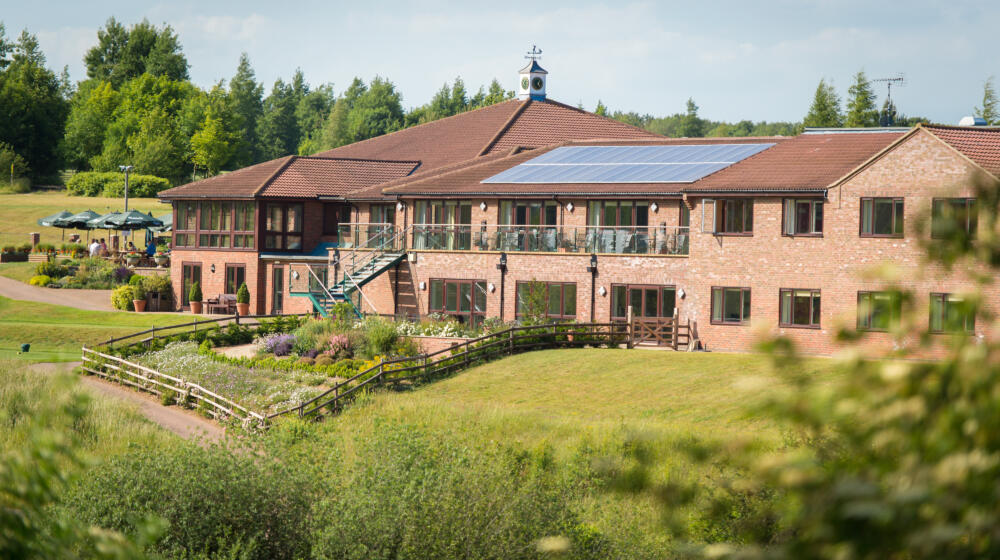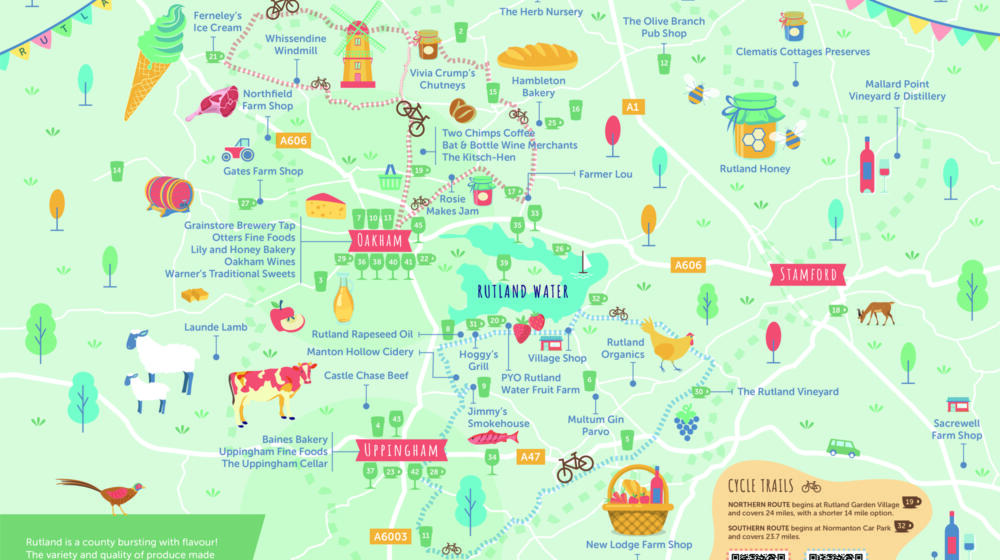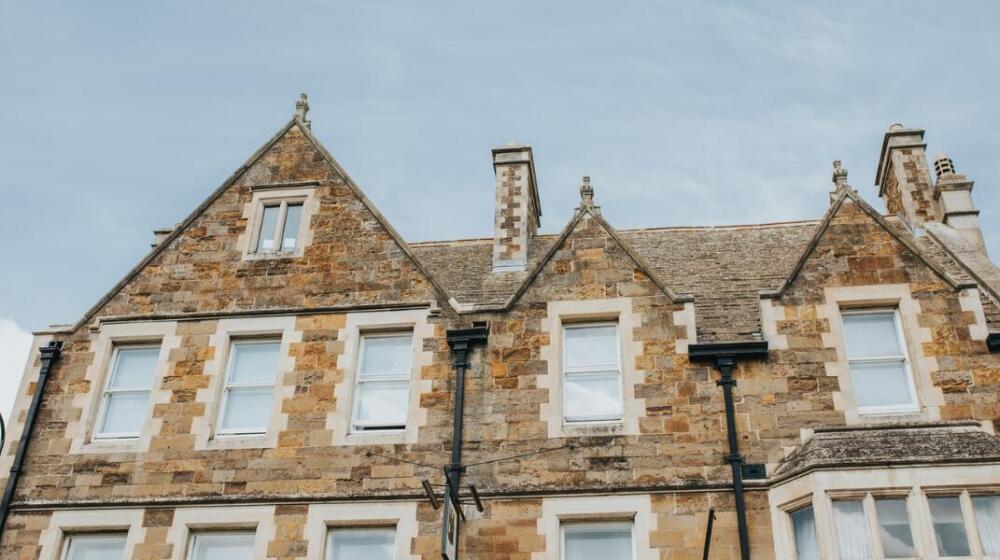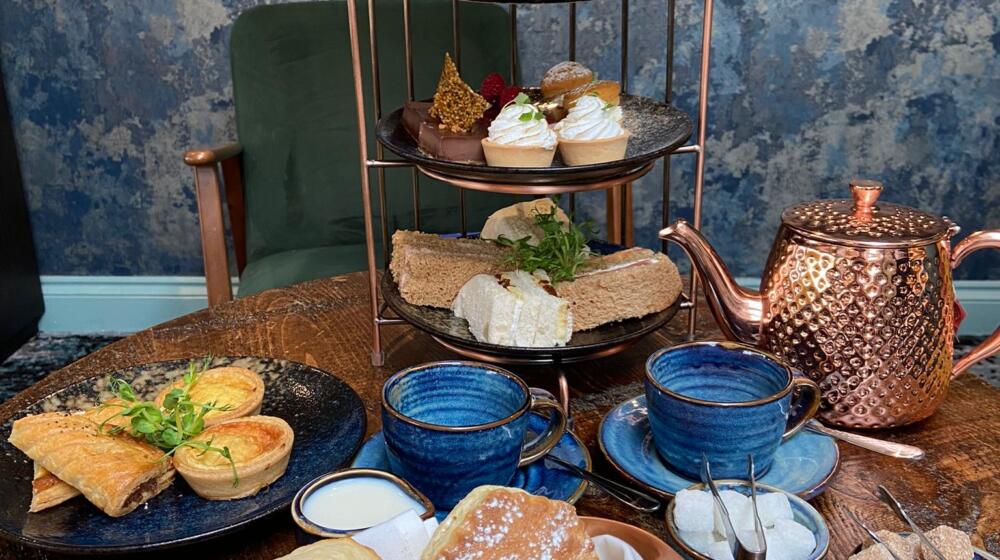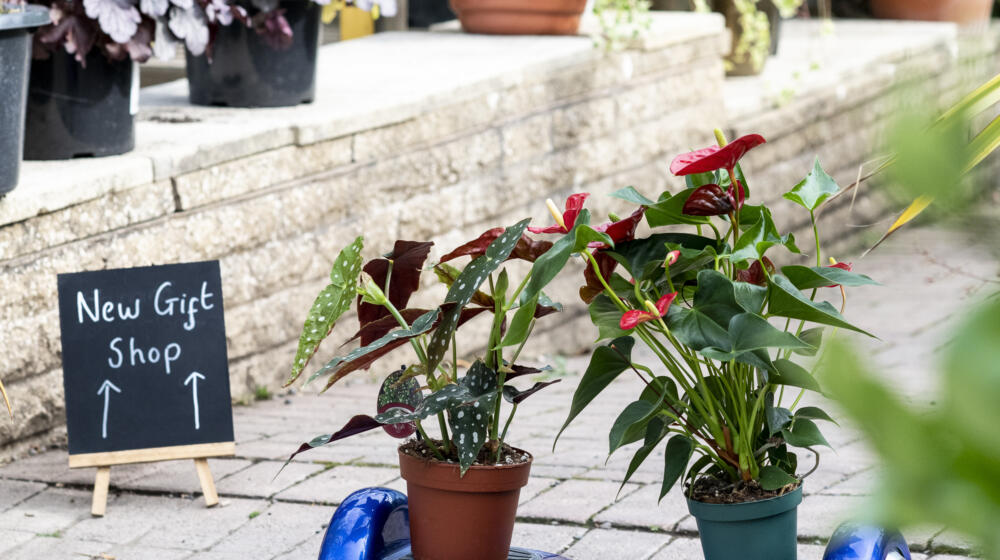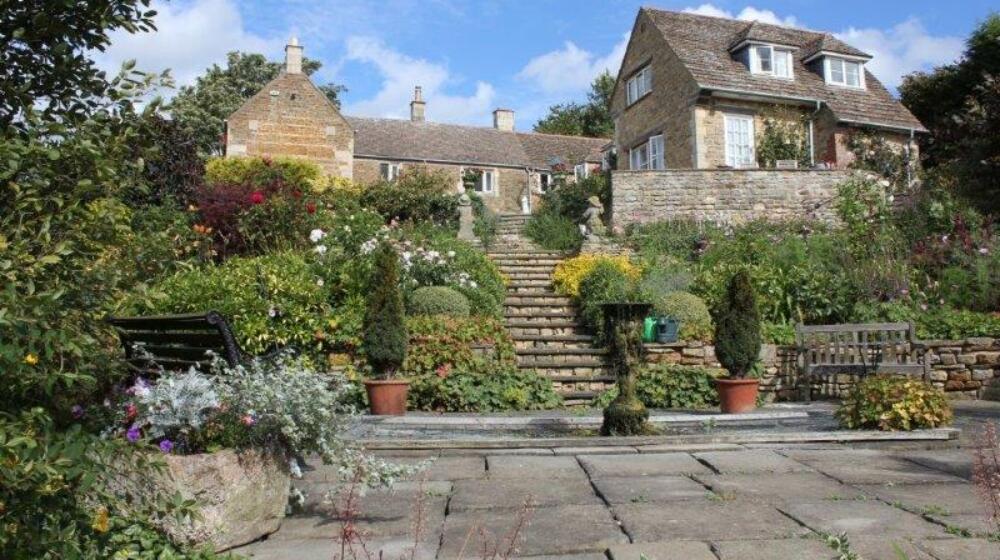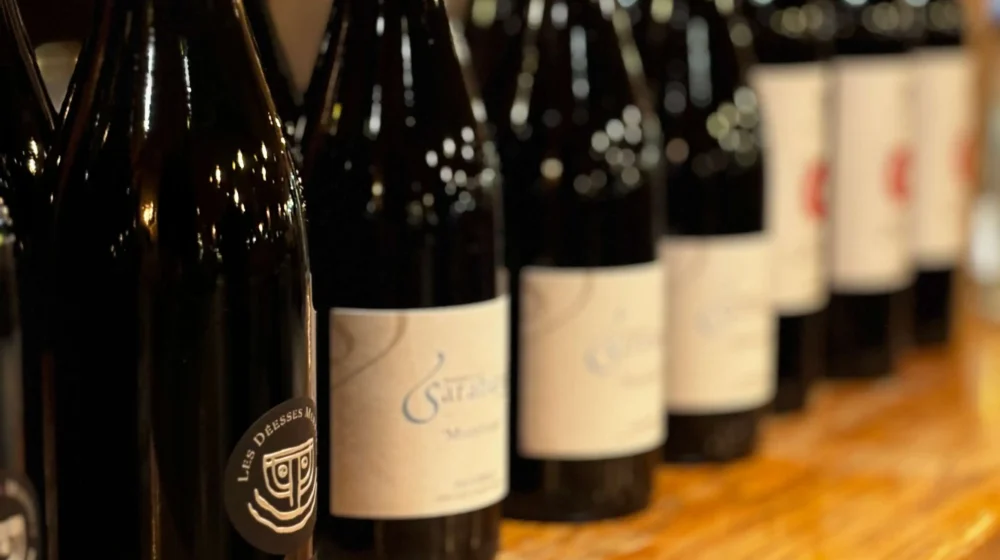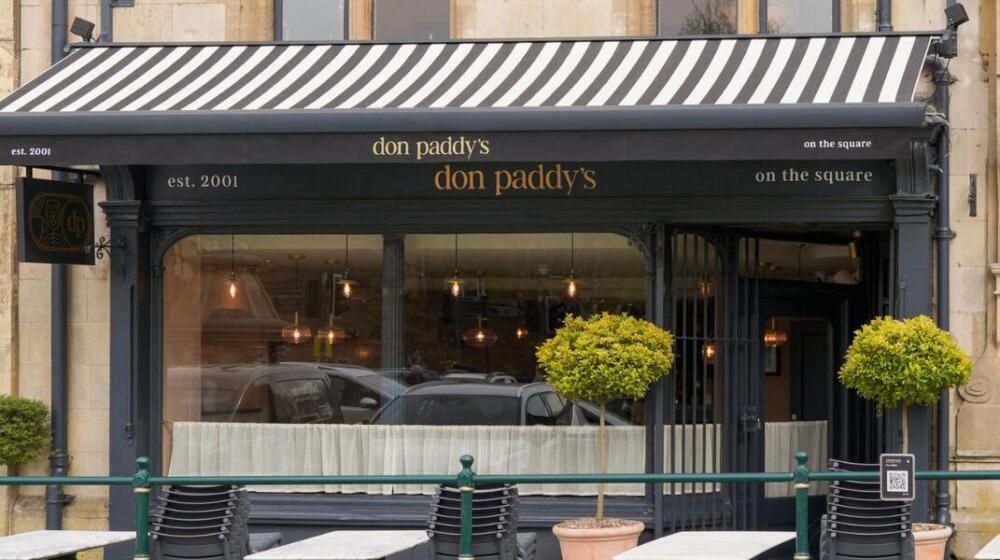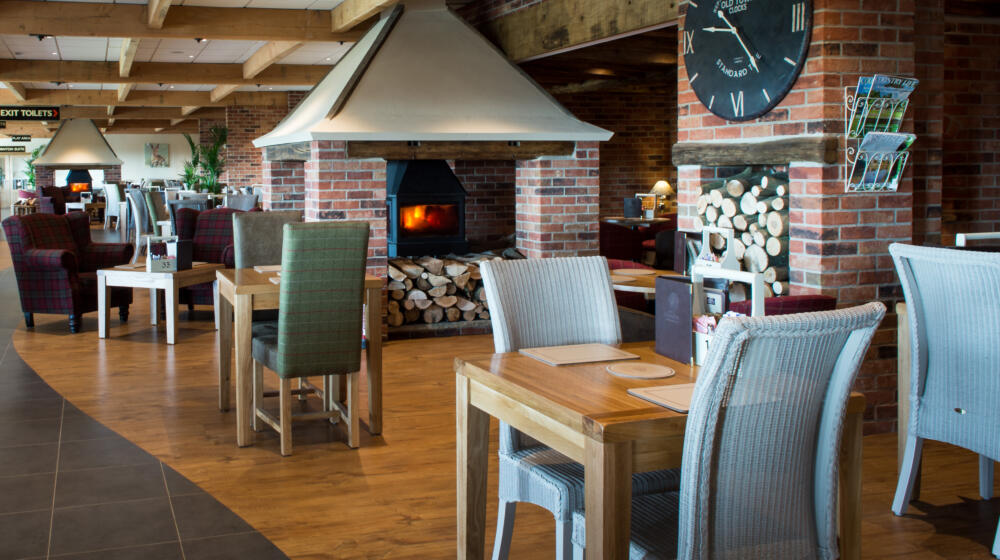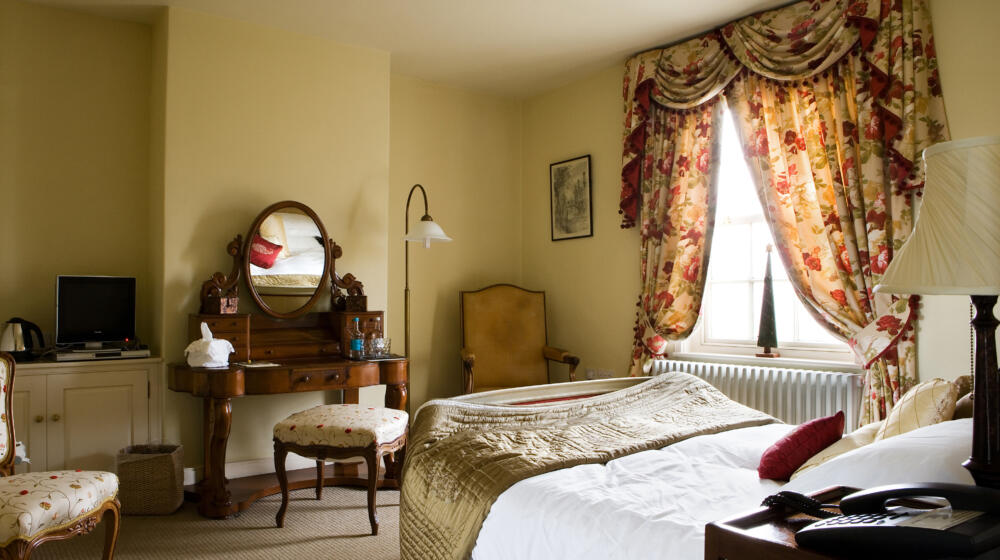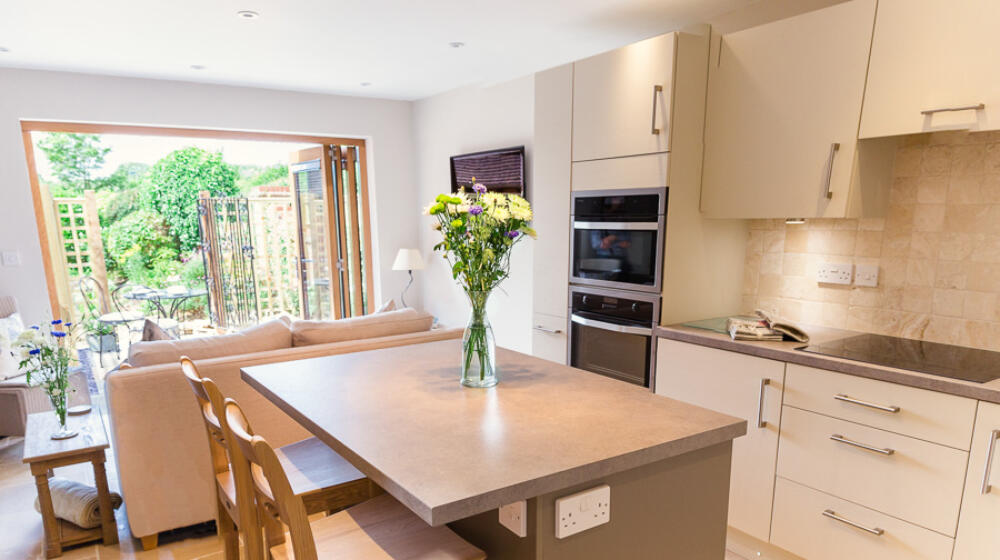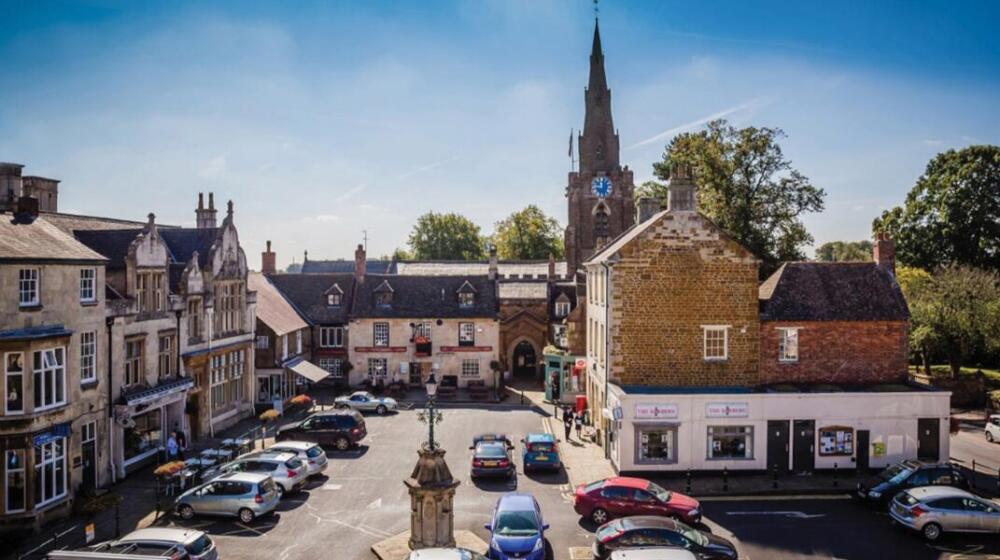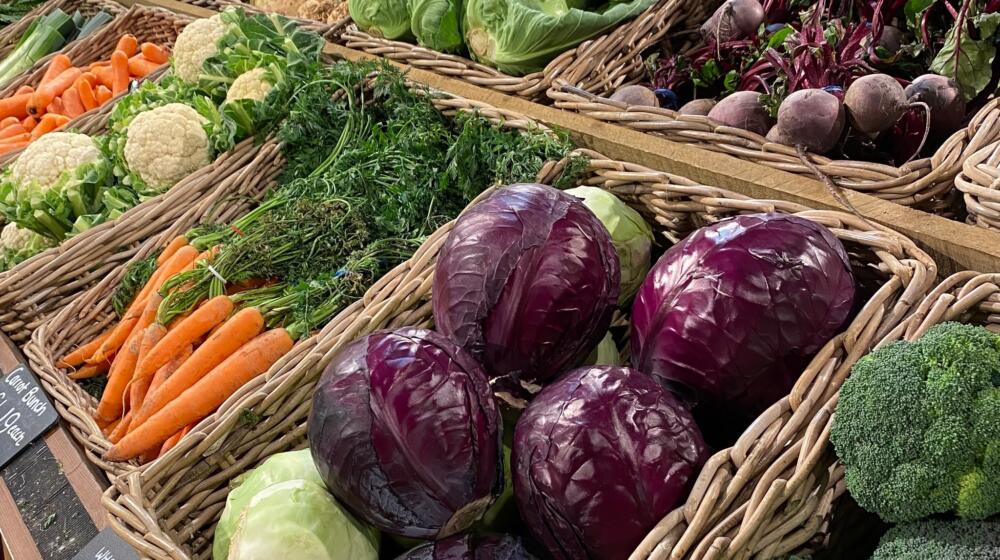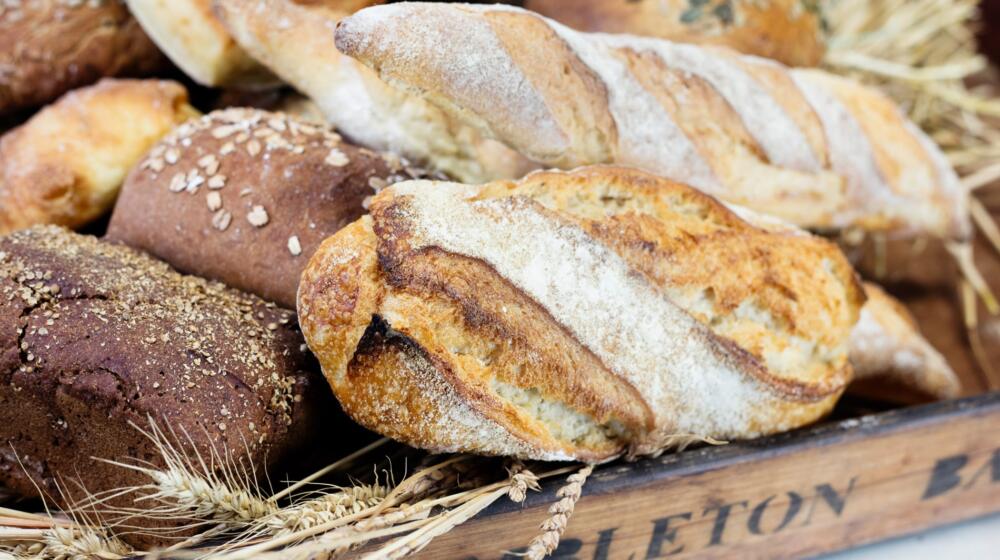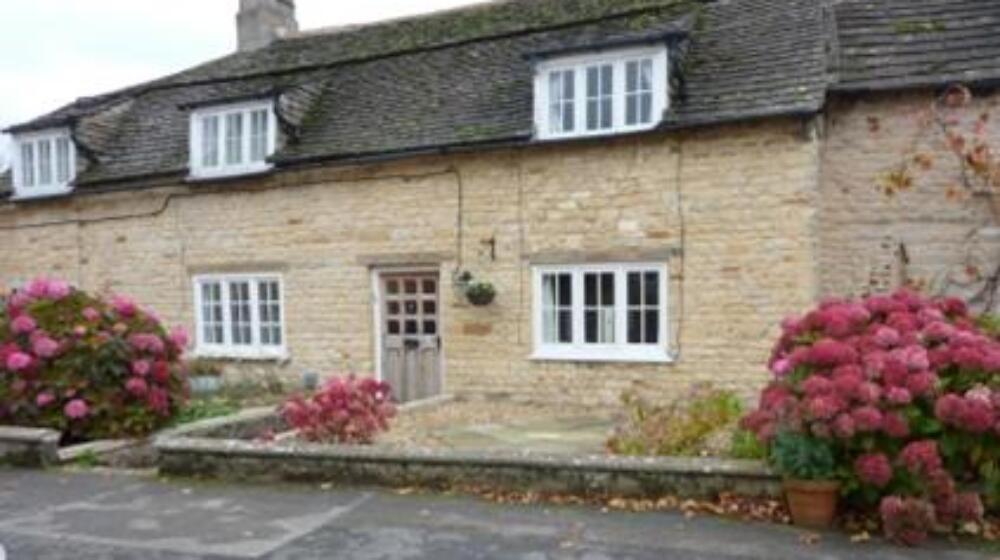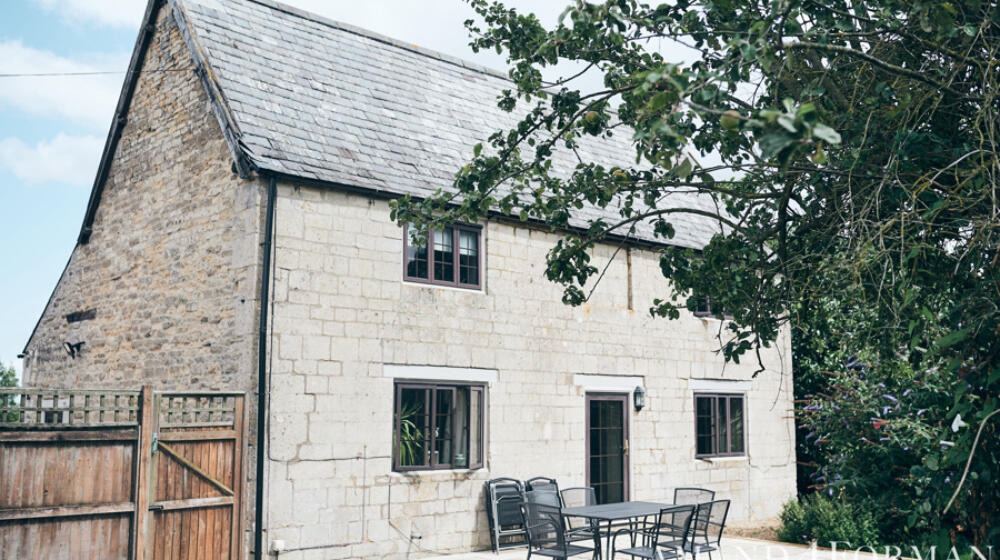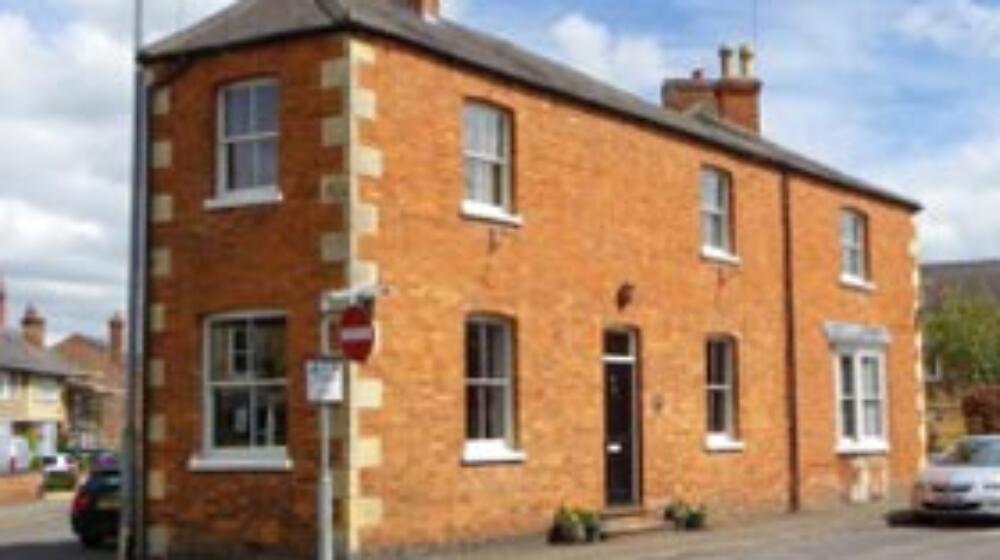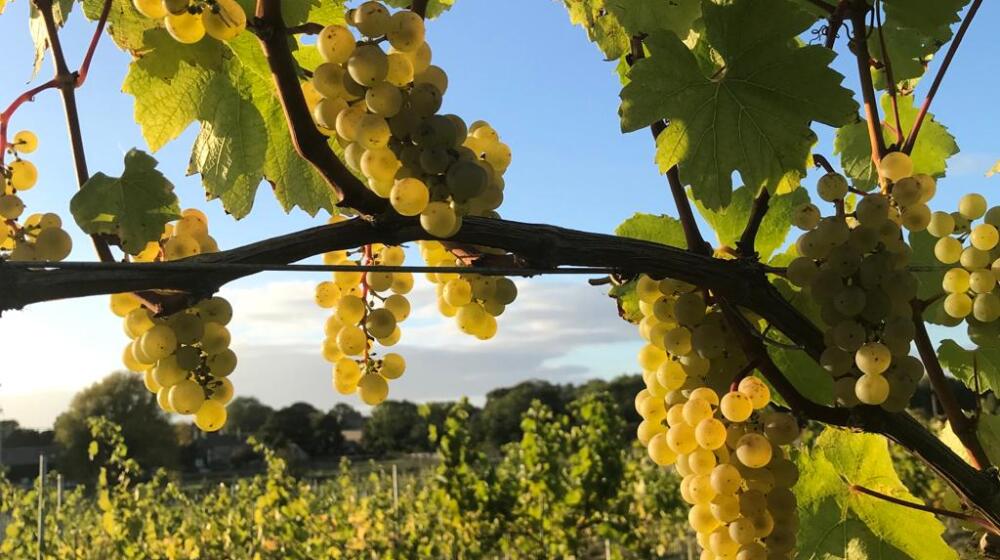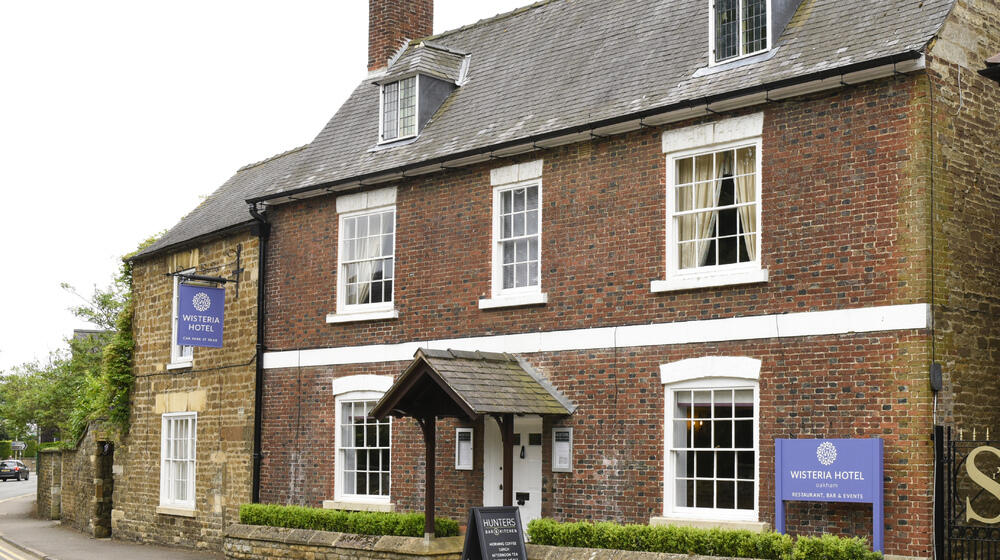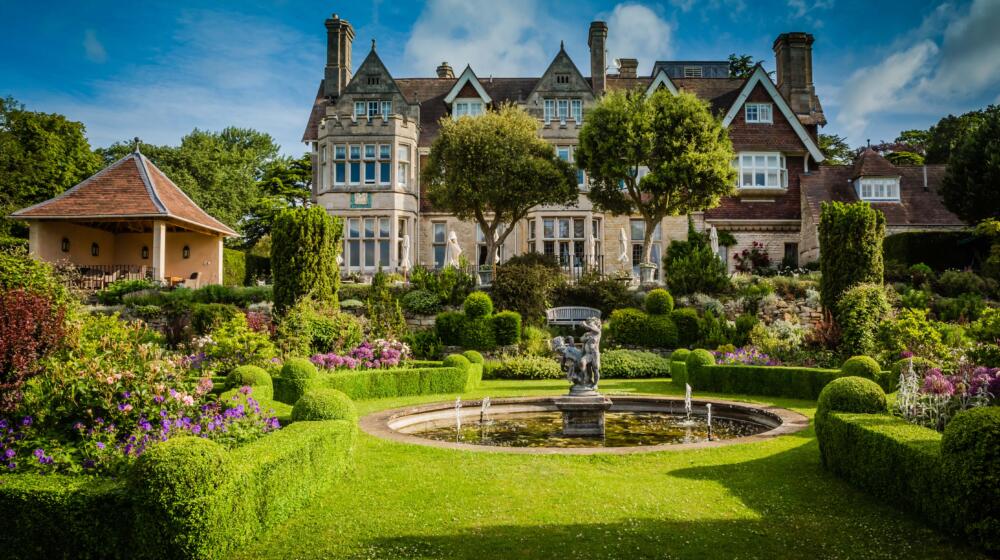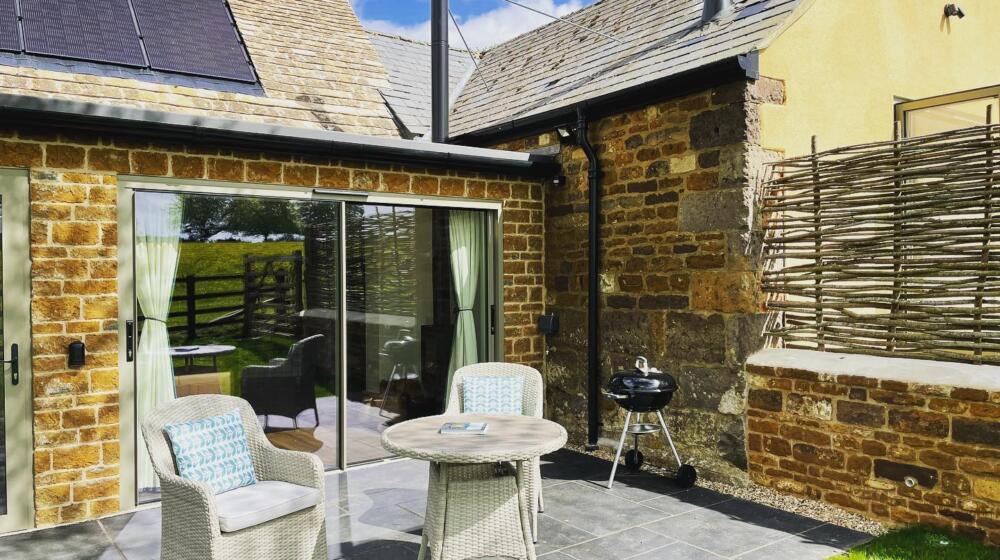Description
Oakham, the county town of Rutland, is a classic English market town, mentioned in the Domesday Book of 1086. It has a castle, market place, butter cross and stocks, a famous old school, all in close association with a magnificent parish church and arranged in a rectangular shape around which the town has grown.
Historic streets such as Northgate, Dean’s Street, Catmos Street and Mill Street focus on the market place which is also flanked by the High Street. Several of these streets now contain a variety of shops which together with the busy markets held on Wednesday and Saturday attract visitors from afar. From Spring onwards Oakham is full of colour as local people prepare for the Britain in Bloom competition. Additionally, the renowned Oakham Festival takes place in June.
Download the Oakham Heritage Trail PDF here.
Butter Cross and Pump. The famous Butter Cross is shown on Speed’s map of Oakham, 1611. Its five-hole stocks are a mystery. Once dairy products were sold here and since it was a cross, preaching would occur. At one time there were at least four other crosses in Oakham. The Town Pump was restored in recent years and lies opposite the Castle Gate.
Oakham Castle. This is the great hall of a fortified manor house built for Wakelin de Ferrers between 1180-90. It is recognised as one of the finest examples of domestic Norman architecture in England and is the earliest surviving example of an aisled stone hall in the country. It contains over 200 horseshoes given as forfeits to the Lord of the Manor by peers of the Realm and Royalty passing through Oakham.
Oakham School. Founded in 1584 by Archdeacon Robert Johnson, the original Old School still stands in All Saints’ churchyard with inscriptions round the walls in Latin, Greek and Hebrew. South of the church is the School Chapel and other buildings. Most of the other School buildings are north of Station Road.
All Saints’ Church. The fine 14th century spire, crowned by Cock Peter, is a landmark all around. A church and priest were mentioned at Domesday and the first church would be wooden with a stone church being built in the 13th century, modified in the 15th century and restored by G.G. Scott between 1857-58. The south door is the oldest part. Inside the elegant nave has eye-catching carvings on the capitals which include the Green Man and Reynard the Fox. A new organ, new stone floors, new sound system, a reorganised west end and new Church Hall all help the Church to play a full part in community activities.
Dean’s Street. This narrow lane, recently enhanced. has a medieval feel about it. Once known as ‘Dead Man’s Lane’ due to coffins going by this route to church, it is actually named after the Dean of Westminster Abbey, once the owner of this part of Oakham. There were many businesses carried out on this street, it was crowded and people lived in many side passages and yards.
Hudson’s Cottage. Jeffrey Hudson was the ‘smallest man from the smallest county in England’. He was born in Oakham in 1619. He was so small that he was served up in a cold pie before the Duke of Buckingham, King Charles I and Queen Henrietta Maria. He became her page and had many adventures before returning to Oakham perhaps to live in this cottage with his brother. For many years he was only 18 inches tall but eventually grew to 39 inches. The cottage is not open to the public.
Oakham Signal Box. This famous Midland Railway signal box was built in 1899 and is a listed building. It featured on Airfix and Hornby boxes. The Chapel of St John and St Anne Founded as a charitable hospice by William Dalby in 1399 and re-founded in 1597 by Archdeacon Johnson. In 1983 the medieval chapel was restored and a new almshouse built around it. (Not open to the public)
Flore’s House. This is one of the oldest houses in Oakham and stands next to Bargate, an entry into the medieval town. It is late 14th century and was built or re-built by the Flore family. Roger Flore was Speaker of the House of Commons four times between 1416-22.
The Market and Shopping. The historic market lies at the heart of the town near the Castle and Church. Cattle markets were held here until the early 1900s. The Whipper-In, formerly the George, was an 18th century coaching inn. Twiceweekly markets provide a colourful, lively atmosphere added to by the monthly summer Sunday Fayres and occasional continental market. Across the road Crown walk and the Maltings have extra attractions. Oakham has many eating places and is widely regarded as a leading gourmet centre in the East Midlands.
Rutland County Library. Built in 1972 on the site of the former Bell Inn at a point where the entry to the town was very narrow until widened in the late 1960s. This excellent library has a particularly good local studies collection.
Rutland County Museum. This famous museum of farming and rural life was once the indoor riding school for the Rutland Fencibles, a volunteer cavalry regiment raised by the Noels in 1794. It has spectacular roof trusses with central king posts plus a paired crown-post arrangement supporting a wide roof span. It houses many interesting treasures both historical and archaeological. Opposite to the Museum is Catmose, once the hunting lodge of the Noel family and now Rutland County Council HQ.
Cutt’s Close. Today this is a recreation ground, north of the Old School and Church with a fine bandstand where concerts are given in summertime. Formerly it was the outer bailey of Oakham Castle and the site of the moat and fishponds can still be seen beyond the castle walls.
The use of the footpath between High Street and South Street is by courtesy of Oakham Congregational Church and is not a public right of way as defined in the Highways Act 1980.

